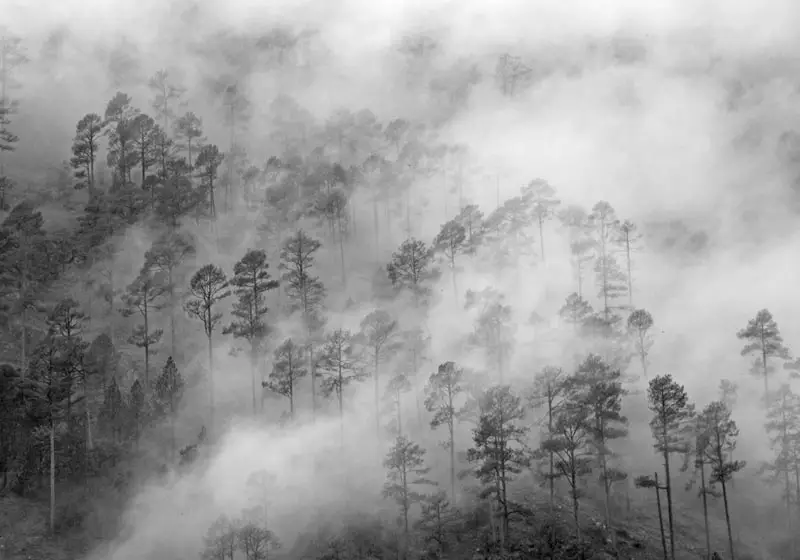South Everest Base Camp Travel Guide
The Everest Base Camp (EBC) trek is one of the most iconic trekking experiences in the world, offering breathtaking views of the Himalayas, a chance to witness Sherpa culture, and the thrill of being close to Mount Everest, the tallest mountain on Earth. Here's a comprehensive guide to help you plan your journey.
Views from Everest Base Camp: From EBC, trekkers get magnificent views of Mount Everest, Lhotse, Nuptse, and other Himalayan peaks.
Permits Required for Everest Base Camp
- Sagarmatha National Park Permit: Required for entry into the Everest region.
- TIMS (Trekkers’ Information Management System) Card: Mandatory for all trekkers.
Best Time to Visit EBC
- Spring (March to May): Clear skies, blooming rhododendrons, and moderate temperatures make this an ideal time for trekking.
- Autumn (September to November): Crisp weather and unobstructed views of the mountains.
Getting There - How to Reach
- Fly to Lukla: Most trekkers take a flight from Kathmandu to Lukla, the starting point of the trek.
- Trek Itinerary: The trek to EBC typically takes 12–14 days round trip, depending on acclimatization and fitness levels.
Difficulty Level: The EBC trek is considered moderately challenging. It requires good physical fitness, as you'll be trekking at high altitudes for extended periods. Proper acclimatization is crucial to avoid altitude sickness.
Location of South Base Camp (Nepal)
Located in the Khumbu region of Nepal, the trek to the South Base Camp typically starts from Lukla after a short flight from Kathmandu. The trek to Everest Base Camp is a popular trekking route that takes about 10 to 14 days, depending on the specific itinerary and acclimatization needs.
Trekkers pass through picturesque Sherpa villages, monasteries, and diverse landscapes, including rhododendron forests and glacial moraines.
Everest Base Camp Quick Facts
EBC South Altitude (Nepal): 5364 meters (17,598 feet)
North Base Camp Altitude (Tibet): 5150 meters (16,900 feet)
Trekking Duration: The trek to EBC typically takes around 12–14 days, including acclimatization stops to help prevent altitude sickness.
Trek Difficulty: The trek is moderate to difficult, with challenging terrain and high altitudes. Proper physical preparation is essential.
Trekking Route: The typical route starts from Lukla, where you fly in, and includes stops in villages like Namche Bazaar, Tengboche, Dingboche, and Lobuche before reaching EBC.
Base Camp Facilities:
The base camps serve as a starting point for climbers attempting to summit Mount Everest. The facilities are basic, with temporary structures for accommodation, dining, and communication. During the climbing season, the base camps become bustling hubs with climbers, support staff, and expedition teams from around the world.
Staying in Everest Base Camp
Basic lodges offering a bed and meals are available throughout the route.
Everest Base Camp Food Guide
Expect simple but hearty meals like dal bhat, noodles, soups, and momos.
Best Suggested Trekking Route for Everest Base Camp
Day 1: Fly to Lukla (2,860m) and trek to Phakding (2,610m).
Day 2: Trek to Namche Bazaar (3,440m), the Sherpa capital.
Day 3: Acclimatization day in Namche Bazaar.
Day 4: Trek to Tengboche (3,870m), home to the famous monastery.
Day 5: Trek to Dingboche (4,410m).
Day 6: Acclimatization day in Dingboche.
Day 7: Trek to Lobuche (4,940m).
Day 8: Trek to Gorak Shep (5,164m) and visit Everest Base Camp (5,364m).
Day 9: Hike up to Kala Patthar (5,545m) for a sunrise view of Everest and descend to Pheriche.
Day 10–12: Trek back to Lukla.
Packing Essentials
- Warm clothing (thermals, fleece, and a down jacket).
- Trekking boots, poles, and gloves.
- Sleeping bag (rated for sub-zero temperatures).
- First aid kit, water purification tablets, and sunscreen.
Embarking on the Everest Base Camp trek is a life-changing experience, combining adventure, natural beauty, and cultural richness. Whether you’re a seasoned trekker or a first-timer, EBC promises memories that will last a lifetime.
What is Everest Base Camp famous for?
Everest Base Camp is famous among tourist as Trekking, Expedition, High Altitude Base Camp, Heli Tour, Everest Base.
Everest Base Camp is recommended destination for Foreigners, Groups.
Everest Base Camp is popular destination for following activities/ interests - Adventure, Base Camps (Trek), Trekking.


